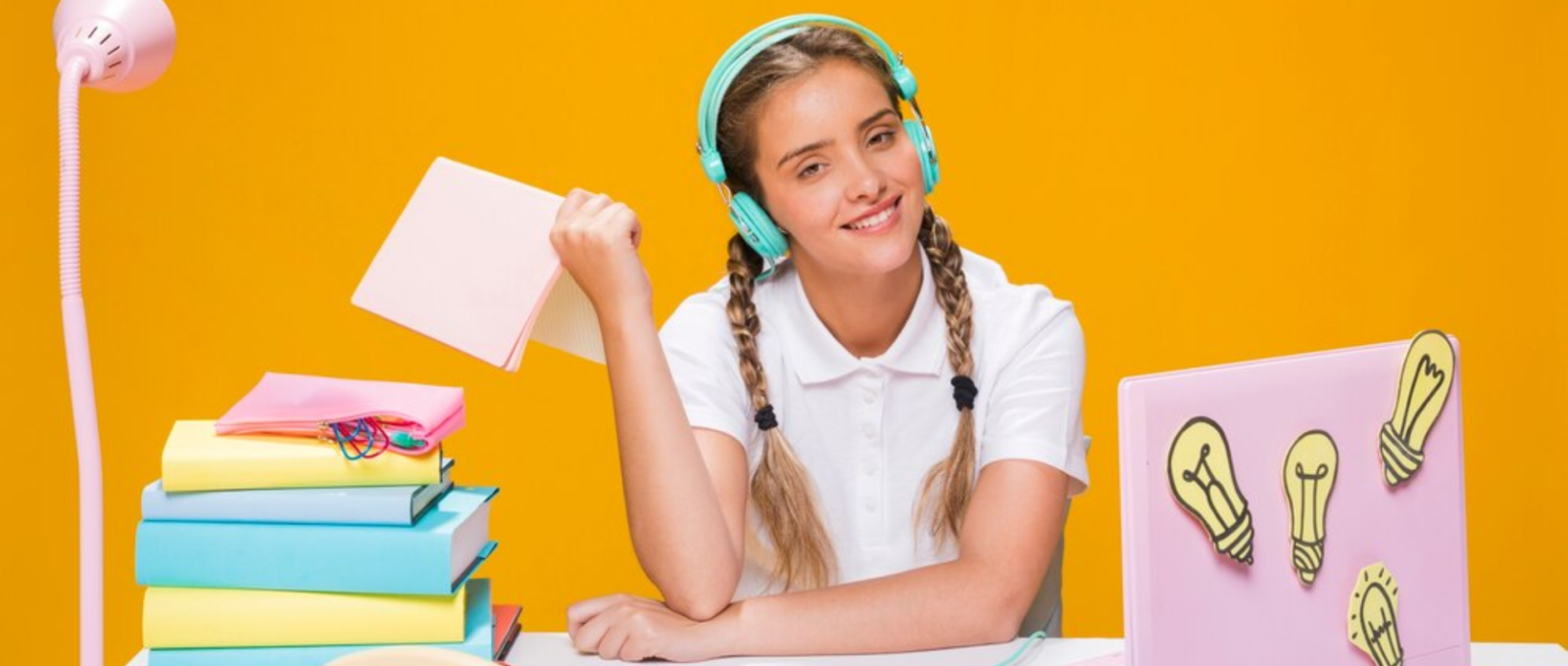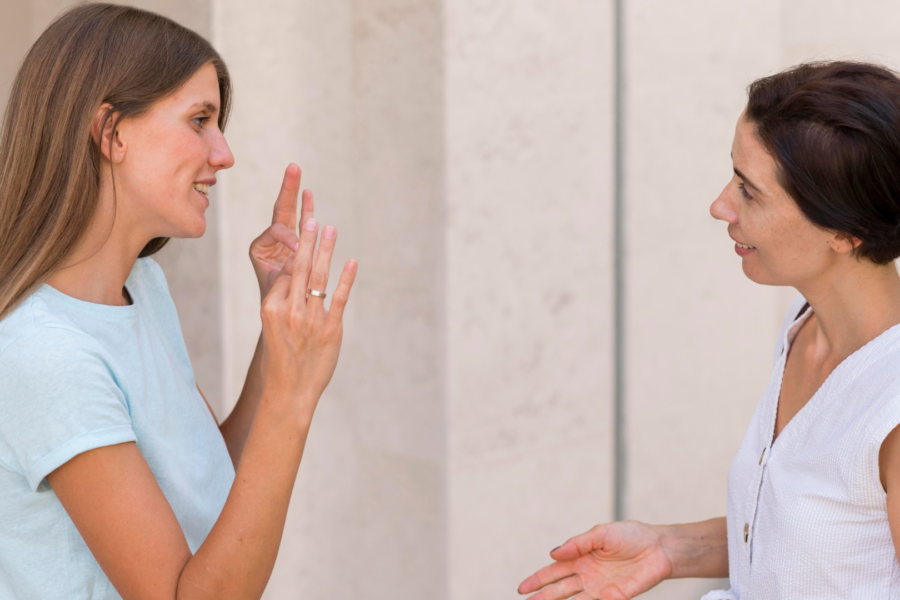1. The Need for Creativity in Education
Let’s face it the world is changing faster than ever. To keep up, students don’t just need knowledge. They need to think differently solve problems creatively and adapt to new challenges. That’s where creative learning comes in. More than just a buzzword. It’s a key building block for preparing students to thrive in the modern world.
Schools as the backbone of creative learning hold the responsibility of nurturing student creativity. Done right this can unlock a child’s potential for innovation and independent thought. But sadly many aspects of traditional education like strict curriculums and endless standardized tests don’t make much room for this kind of growth. Fixing this gap is essential to help students succeed in an evolving society.
When you think about creative learning, you might picture art or music classes, but it’s so much more than that. Creative thinking happens when students use their imagination and critical thinking skills to come up with new ideas or solutions. Whether it’s designing a science experiment or brainstorming a new business idea, creativity can spark innovation in just about any subject.
And it’s not just about coming up with cool ideas. Creativity builds confidence. Students who practice critical thinking and creativity develop the tools to solve problems effectively and get comfortable making decisions, even when the answer isn’t clear.
2. The Science Behind Creativity
Here’s something fascinating about creative teaching. It’s rooted in science! Your brain changes and grows in response to challenges. This adaptability called neuroplasticity means that the more students engage in creative problem solving in schools, the stronger their ability to think outside the box becomes. It’s all about reinforcing those neural pathways through practice.
Activities like brainstorming experimenting or even doodling can strengthen the brain’s ability to mix old ideas into something fresh. That’s why encouraging student creativity early on is so important.
3. Strategies to Improve Creativity in Schools
1. Encouraging Inquiry-Based Learning
One powerful way to build creativity is through inquiry-based learning strategies. This method encourages students to ask questions explore, and seek out answers for themselves. When students are driven by curiosity they naturally start developing their critical thinking skills.
For example, instead of telling students exactly how photosynthesis works a teacher could ask “How do plants turn sunlight into energy?” The open ended nature of this question allows students to investigate and find creative meaningful answers rather than memorizing facts they might soon forget.
2. Implementing Project-Based Learning
Project based learning benefits students by letting them get their hands dirty not literally but through engaging real world experiences. Imagine students collaborating on a community project or designing a prototype for a new app. These kinds of tasks teach them to solve practical problems while boosting creative thinking.
Through project-based learning, students start to see the real world applications for what they’re learning. Suddenly math isn’t just numbers on a page. It’s the blueprint for their big idea.
3.Integrating Arts and Music in Education
Never underestimate the impact of the arts! Whether it’s painting, playing an instrument, or acting in a play, these activities spark imagination and encourage creative problem-solving in schools. There’s evidence that involvement in music and art helps develop critical thinking and creativity while also boosting emotional growth.
The role of arts in student creativity is huge. Artistic activities allow kids to experiment, express themselves, and think outside the box. It’s not about achieving perfection; it’s about exploration and innovation.
4. Role of Teachers in Enhancing Creativity
1.Creating an Open and Flexible Classroom Environment
Great teachers know that fostering creative learning starts with the right environment. When students feel safe to think freely take risks and make mistakes they’re more likely to tackle problems with confidence.
A classroom that encourages student creativity might look a little messy or unconventional, but that’s a good thing. It’s about giving students the tools and permission to try fail, and learn from their failures.
2.Adopting Innovative Teaching Methods
To keep things engaging, educators are adopting innovative teaching methods like storytelling, gamification, and interactive lessons. Pair that with today’s tech tools, like virtual reality and simulation apps, and you have endless ways to enhance creative thinking.
For instance, teachers could use VR to transport students to the moon during a science lesson or gamify history by turning key events into role-playing challenges. This approach makes learning an adventure, igniting curiosity and creativity.
5. How Schools Can Support a Culture of Innovation
1.Encouraging Collaboration and Teamwork
Collaboration is a huge part of fostering creative teaching. When students work together on group projects they share ideas build off each other’s creativity and learn to see challenges from new perspectives.
Brainstorming sessions and team assignments aren’t just classroom activities. they’re setting the stage for bigger things. By building teamwork schools help students develop skills they’ll use throughout their lives.
2. Providing Opportunities for Independent Thinking
At the same time students need chances to explore their own ideas. By encouraging independence and self-directed learning, schools can help kids build initiative and self-confidence.
For example letting students choose their own project topics, whether. It’s about AI, ecology or even cake design boosts student creativity and personal investment in their work.
Of course promoting education innovation isn’t always smooth sailing. Schools face a lot of hurdles like rigid curriculums that put test prep ahead of creative thinking. Teachers also need better training to integrate innovative teaching methods into the existing system.
Budget issues are another challenge. Limited resources for arts programs technology and hands on learning often hold schools back from offering meaningful opportunities for student creativity. Change won’t be easy, but it’s definitely worth it.
7. Future of Creativity in Education
The future holds exciting possibilities for creativity in education. Interdisciplinary approaches, like combining STEM with the arts to create STEAM, are paving the way for well rounded innovative learners.
Technology especially AI, will play a large role in education innovation. Tools like adaptive learning apps and virtual tech can make learning more engaging and personalized, which is a huge win for fostering how to develop creativity in students.
By staying adaptable, schools can nurture a generation of creative problem-solvers ready to tackle anything.
8. Conclusion
The importance of creativity in education cannot be overstated. It’s more than just a buzzword. It’s a tool for survival in a world teeming with complex challenges. By cultivating curiosity independence and critical thinking schools can help shape the innovators of tomorrow.
From flexible curriculums to increased support for teachers advocates of creative learning must work together to create systems that encourage lifelong creativity. After all a world full of imaginative adaptable thinkers is one where everyone thrives.







Leave a Comment